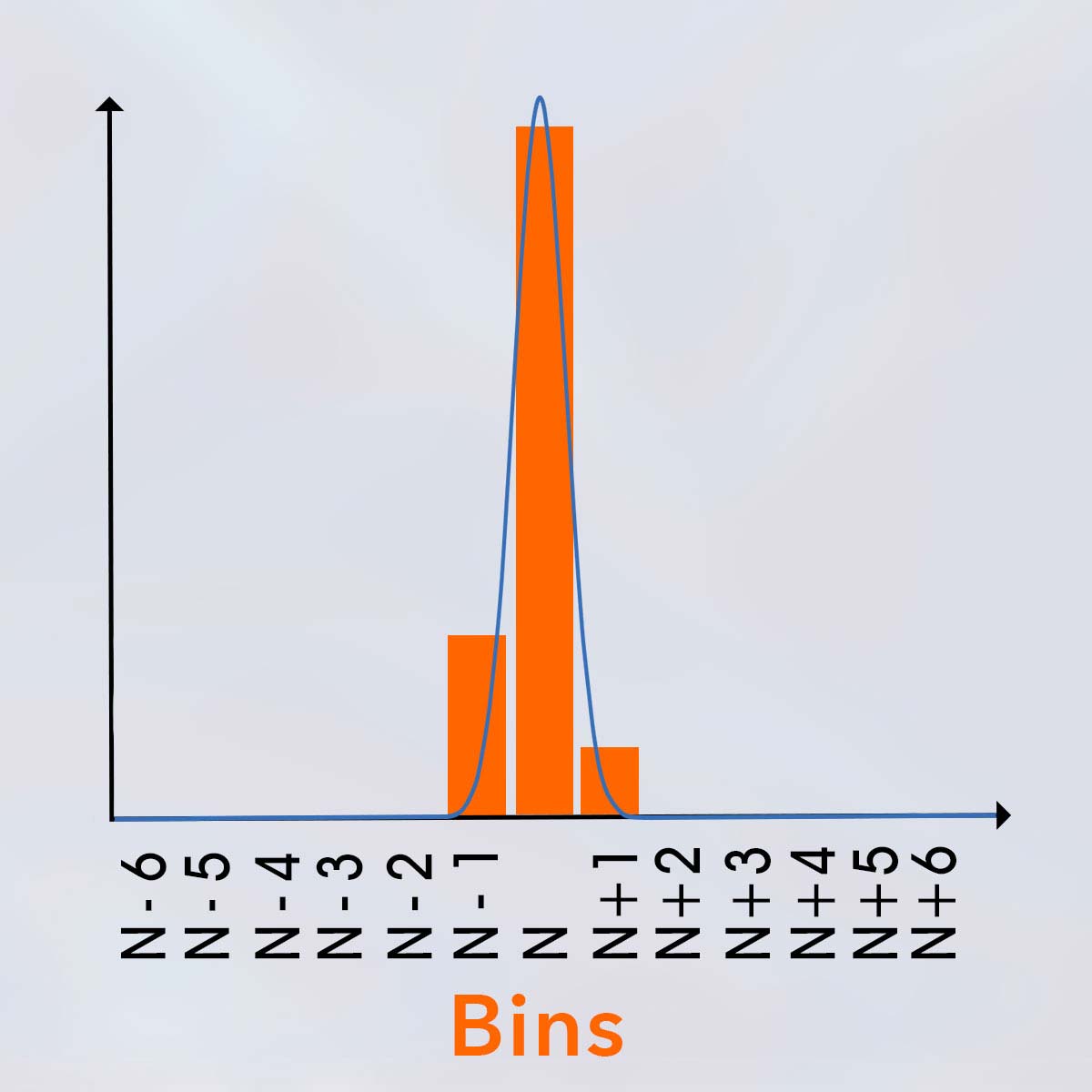bin size
bin size, jitter, FWHM, RMS, quantization error
A meaningful assessment of the practical resolution of TDCs requires careful inspection of the technical specifications of the devices in use.
In time-to-digital converters, the bin size is the unit of quantization for time measurements, i.e., it describes the digital resolution of the TDC. However, this value alone is not sufficient for evaluating the resolution that can be used in practice. In particular, the time jitter that occurs is of central importance here.
Our high-end TDCs, such as xHPTDC8 and xTDC4 are realized using dedicated ASICs that ensure a controlled and highly uniform bin size. Consequently, residual jitter contributions are substantially smaller than the inherent quantization error. For short time intervals, the measurement uncertainty is therefore predominantly governed by the bin size. Under these conditions, the maximum error approaches approximately half a bin, the root mean square (RMS) error amounts to about 0.8 bins, and the full width at half maximum (FWHM) corresponds to roughly 2 bins.
On the other hand there are TDCs on the market that, unlike chronologic TDCs, are based on an FPGA-implemented carry chain design and therefore have a much higher jitter that is significantly above the digital resolution. In this case, the time jitter is the limiting factor for the usable resolution of the TDC.

The cycle-to-cycle jitter of cronologic TDCs is much lower than their bin size. Therefore you can expect an RMS error below half the bin size for your measurements. (© cronologic GMBH & Co. KG)


